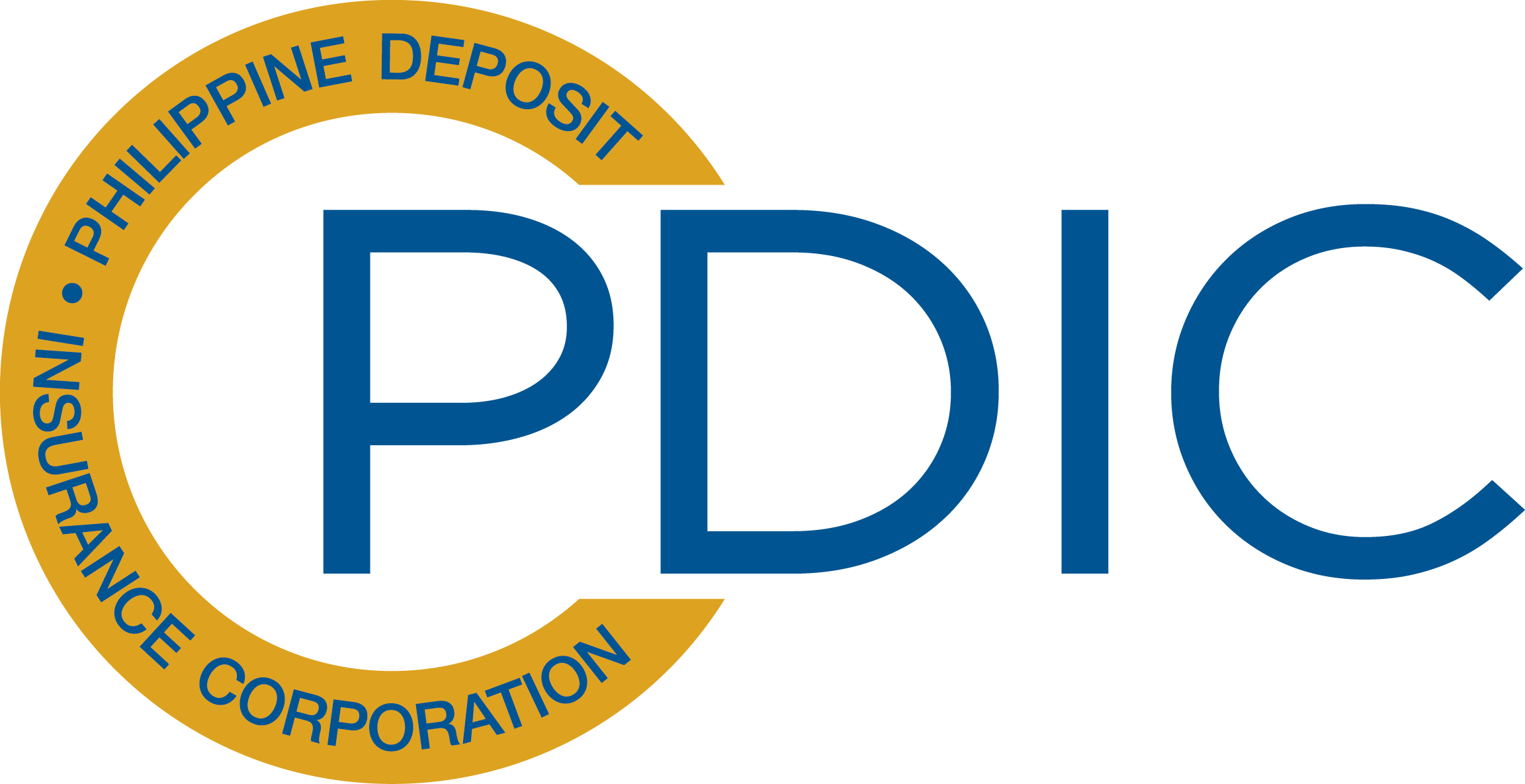| ARCHIVE |
More on understanding and calculating yield in different asset classes |

IN the previous article on “Understanding and Calculating yields in Different Asset Classes,” we discussed that yields on different forms of investments can come by way of interest rate or by way of price appreciation and dividends in the case of a stock or by way of both price appreciation and a coupon interest rate in the case of a bond instrument. We also discussed that different asset classes have different risks and that yields are directly connected to risks. In a low-interest regime where the Philippines and a big part of the world is in right now, there is the tendency to look for higher yields in alternative investment outlets. While investors to always seek the highest yield given an informed guide of the risks, it is also important that all aspects of the risks are appreciated prior to making the investment. We will cover some investment alternatives in this article. Investments in Funds Through investments in funds the investor can benefit from the effects of diversification and the spreading of risks by participating in an asset pool through a trust or a managed fund which are duly authorized by the Central Bank and/or the Securities Exchange Commission. While fees are charged for such services, investors can avail of the diversification and professional investment skills of fund managers in a competitive and regulated environment. One point to appreciate in investments in unitized investments is that yield is calculated on the net asset value or NAV of the investment at any point in time compared to the value of the units of investment made by the investor at the time of the investment. Even if the funds are invested in purely fixed income instruments such as money market funds or bond funds, the yields are calculated by way of the appreciation of the NAV and this in effect factors in all the effects of diversification including price appreciation and deprecation, credit upgrades and downgrades and even defaults of certain instruments in which the fund is invested. Foreign-Exchange Positions When we talk of foreign exchange investments what this really means is a mismatch between the base or home currency of the investor and the currency of the asset that he invests in. For example an investor can convert part of his peso deposits in a bank into a US dollar denominated deposit in another bank. The investor or depositor has now opened a foreign-exchange position because the value of his dollar deposit can now appreciate or depreciate depending upon movements in the rate of exchange between the US dollar and the Philippine peso. By way of illustration, let us have as an example a depositor in Bank A who withdraws his P1-million account on Oct. 31, 2012 which was earning two percent per annum. He converts it into dollars at the exchange rate at P41 per US dollar. He deposits it in a time deposit in Bank B for 60 days to mature on Dec. 30, 2012 to earn also 2 percent per annum. As far the depositor is concerned, he is now indifferent to the interest rate except for applicable withholding taxes which we will not consider at this time. If the US dollar appreciates to P41.50 per dollar on Dec. 30, the depositor will have earned an additional 4.88 percent per annum which is calculated as the 50-centavo appreciation of the dollars he purchased on Oct. 31 ¬annualized for the month’s holding period. If the dollar should depreciate to a value of only P40.5 per dollar on Dec. 31, the 50-centavo loss of the deposit is also equal to a 4.88-percent negative yield per annum. In the first case, the investor has a yield of 4.88 percent due to forex appreciation plus 2-percent interest or a total of 6.88-percent per annum for two months. In the other case, he has a negative yield of 2.88 percent or 4.88-percent annualized forex depreciation which is deducted from the 2-percent interest per annum over two months. The illustration shows the costs and rewards at taking on more risks in investing. The risks are many and investors have to temper their desire to increase yields with the full knowledge and appreciation of the risks involved in all forms of investments. ____________________________________* Written by PDIC President Valentin A. Araneta for Free Enterprise and published in the Businessmirror on October 31, 2012. Mr. Araneta writes for the Free Enterprise column as a member and officer of the Financial Executives of the Philippines (Finex). Requests for his past articles may be coursed through ccd@pdic.gov.ph. |
back |
This website uses information-gathering tools including cookies and other similar technology. Data generated are not shared with any other party. For more information, please refer to our privacy policy.
 PDIC is a government instrumentality created in 1963
PDIC is a government instrumentality created in 1963by virtue of Republic Act 3591, as amended, to insure
the deposits of all banks. PDIC exists to protect
depositors by providing deposit insurance coverage for the depositing public and help promote financial stability. PDIC is an attached agency of the Bangko Sentral ng Pilipinas.

Questions? Need Help?
Click Frequently Asked Questions
Trunkline.: (632) 8841-4000
Hotline: (632) 8841-4141
(for Metro Manila clients)
Fax No.: (632) 8841-4085
Email: pad@pdic.gov.ph
Client outside Metro Manila may call
Toll Free: 1-800-1-888-7342 or
1-800-1-888-PDIC

.png?Tuesday; May 14, 2024)

Hotline: (632) 8841-4141
(for Metro Manila clients)
Fax No.: (632) 8841-4085
Email: pad@pdic.gov.ph
Client outside Metro Manila may call
Toll Free: 1-800-1-888-7342 or
1-800-1-888-PDIC

.jpeg)
.png)


